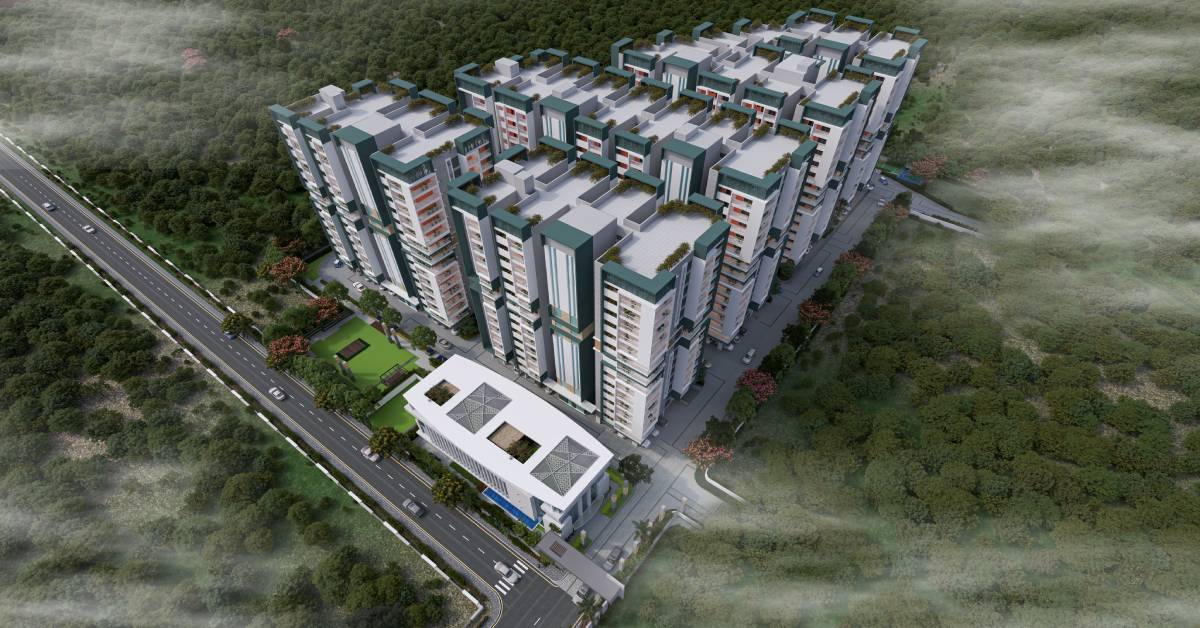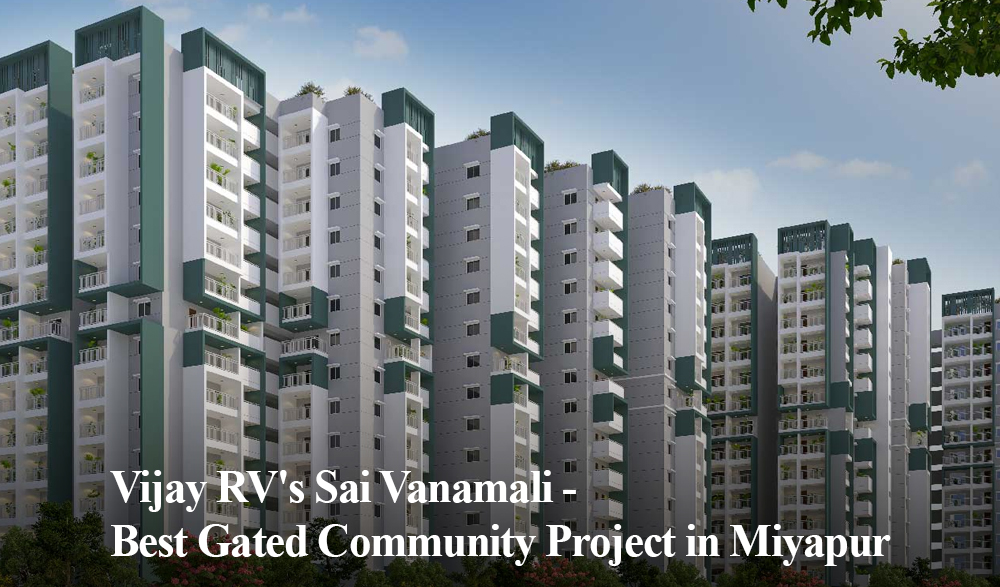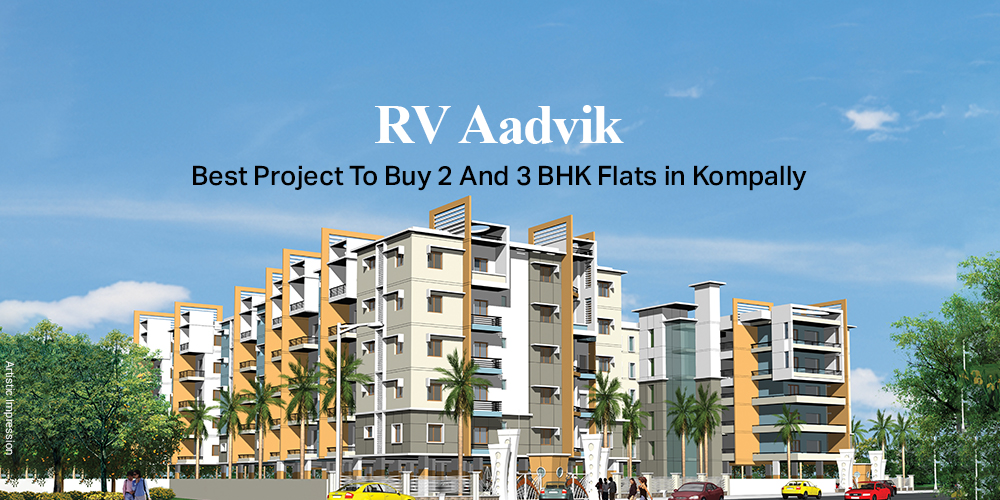Buying a house is an elaborate process and there is a lot of jargon involved that you need to be aware of before talking to construction companies. We compiled a list of some of the frequently used terms that will be useful for you in the process. Please note that this glossary is for educational purposes only.
- Measuring Terms: Most often you might hear areas measured in both square yards and square feet.
- Acre: It is mostly used when referring to large parcels of land. One acre of land is 4840 square yards and 43560 square feet.
- Square Yard: In real estate jargon, square yards are used when measuring the land area. If you are buying a plot of land in Hyderabad then you might hear payment in terms of square yards. To give more perspective, one acre of land is equivalent to 4840 square yards.
- Square Feet: It is often used to measure the area of a flat or villa. If you are buying an Apartment or Villa in Hyderabad then you might hear payments in terms of square feet. To give you more perspective, one acre of land is equivalent to 43560 square feet and one square yard is equivalent to 9 square feet.
- Agreement for Sale: For RERA approved projects, it is now mandatory for both the buyer and seller to enter the agreement of sale. It contains the terms and conditions of the sale. It is to be executed when the buyer pays the advance amount and confirms the sale. This is not the same as a sale deed which is executed prior to possession.
- Appreciation: The increase in value of the property over a period of time
- Token Amount: Amount paid by the buyer to the developer to block the apartment or villa. It is usually a small amount paid to hold the property until the agreement of sale is drawn.
- BHK: Bedroom, Hall and Kitchen
- CIBIL score: It is the consumer’s credit score. It is the summary of their past credit behaviour based on their borrowing and repayment history. It ranges from 300-900 and the higher the score, higher chances of getting credit or loan approved. You can check your credit score on the CIBIL website.
- Demand Letter: It is the request letter sent by the developer to the buyer for payment due
- Margin Money: Banks usually sanction only 70-80% of the total property value as loan. The remaining amount should be paid by the customer, this amount is called margin money. Banks disburse the loan amount only when the margin money payment is made by the buyer.
- Encumbrance Certificate: A certificate issued by Sub Registrar’s office after verification of documents certifying that the property is free from all encumbrances such as loans or restrictions.
- Force Majeure: A force that is beyond the control of people involved. It includes acts of god and man like storms, earthquakes, floods, riots, pandemic etc., It is included in several agreements to mitigate risk.
- General Power of Attorney: It is a legal document authorizing another person to act on behalf of the person (called Principal) who created the power of attorney in the event that they cannot make the decision. The person given the power of attorney can make many decisions like financial, legal or medical and sign on behalf of the represented person.
- Special Power of Attorney: This is similar to General power of attorney but with a narrower scope. This legal document authorizes another person to act on behalf of the person (called Principal) drawing the document in the event that they cannot make the decision. This narrows down the decisions that the person can make on behalf of the principal.
- High Rise: High rise apartment buildings are usually buildings with 7 or more floors. The definition varies from city to city.
- Inventory: The area in square footage or units the company offers to sell
- Landlord: The person who owns the land where the apartment is located. Usually, the landlord has their share of flats or villas which are sold only after the developer completes the sale of their share of flats or villas.
- Loan Processing Fee: the fee charged by the banks to the applicant in order to process the loan. It is usually a nominal amount compared to the loan amount.
- Loan eligibility: The amount the applicant is eligible to based on the salary and savings.
- Loan to value ratio (LTV): amount of loan sanctioned to the property value. It is usually between 70 to 80% based on the eligibility and market conditions.
- Maintenance charges: The amount the buyer pays to the association of the community for the upkeep. It is usually paid monthly and is based on the amenities that need to be maintained.
- Master Plan: It is a long term dynamic plan which provides conceptual layout to guide future growth and development. A master plan includes analysis, recommendations, and proposals for a site’s population, economy, housing, transportation, community facilities, and land use. It is based on public input, surveys, planning initiatives, existing development, physical characteristics, and social and economic conditions.
- No Objection Certificate (NOC): Certificate given by local authorities to start construction
- Occupancy Certificate (OC): Certificate issued by local authorities (GHMC for Hyderabad based properties) certifying that all works have been completed as per plans and specifications and the property is ready to be occupied. To get the OC certificate, you need to get clearances from water, fire, airport authority, electricity, sewerage departments. In most cases, for properties with OC the buyer does not have to pay GST on the sale amount
- Pre Approved: An evaluation of the property or borrower which determines the eligibility of the loan. In case of the borrower, the bank verifies the income and other details and determines the maximum amount that they can lend. In case of the property, the bank verifies the legal documents and approves the property for customers to lend against. Pre approval of a project reduces the loan processing time significantly for the customer.
- Property Tax: tax that the property owner has to pay every year to the local municipal body. The taxes vary from state to state
- Ready to Move Property: This means that the property is ready to occupy and has received occupancy certificate.
- Registration: Legal document that registers the property in the name of the buyer from the developer. Every state has its own registration stamp duty which is a percentage of the property area which is payable by the buyer.
- Stamp Duty: It is a state tax that is levied on transfer of property. It is calculated on the total value of the property or the rate of area whichever is higher. It varies from state to state and is in the range of 4 to 10%
- Vaastu: It is an ancient Indian system of architecture and design. The principles of vaastu shastra aim to design homes that are harmonious with nature thereby enhancing conditions for the homeowner.
- RERA: Real estate regulatory authority, The Real Estate (Regulation and Development) Act, 2016 is an Act of the Parliament of India which seeks to protect home-buyers as well as help boost investments in the real estate industry.
- Carpet Area: Carpet area is literally that, the area the can be covered by the carpet inside the house. In other words, the area enclosed within the walls of your flat. It is inclusive of the internal wall thickness and excludes your balcony area.
- Built up Area: Your built up area is your carpet area and the area covered by your walls. It includes the balcony area as well.
- Saleable Area: Saleable area is your built up area plus common amenities you use such as Club House, Staircase, Terrace, Corridors etc.,
- Super Built up Area: Your super built up area is built up area plus your proportionate share of common area including projections, balconies and all common areas.
- Common Areas: Common area is the area you share with other residents in your community. Some of the common areas are:
- Club House
- Corridors
- Elevators
- All Staircases
- Lobby areas
- Open parking areas
- Common play areas
- Jogging tracks
- Security offices
- Community commercial areas etc.,
- Amenities: Amenities include the features that enhance the project. Some of the amenities include ClubHouse, Swimming pool area, parks, walking tracks, yoga rooms, banquet halls, open parking areas etc.





